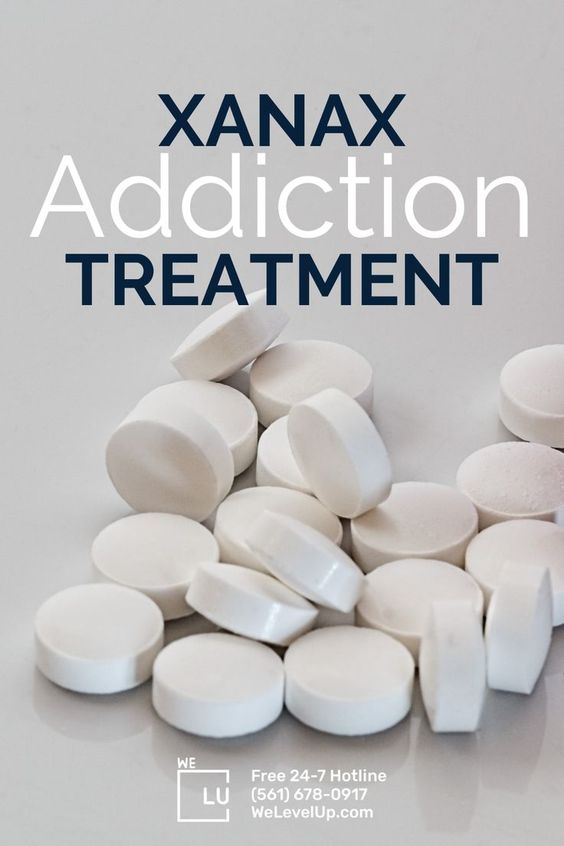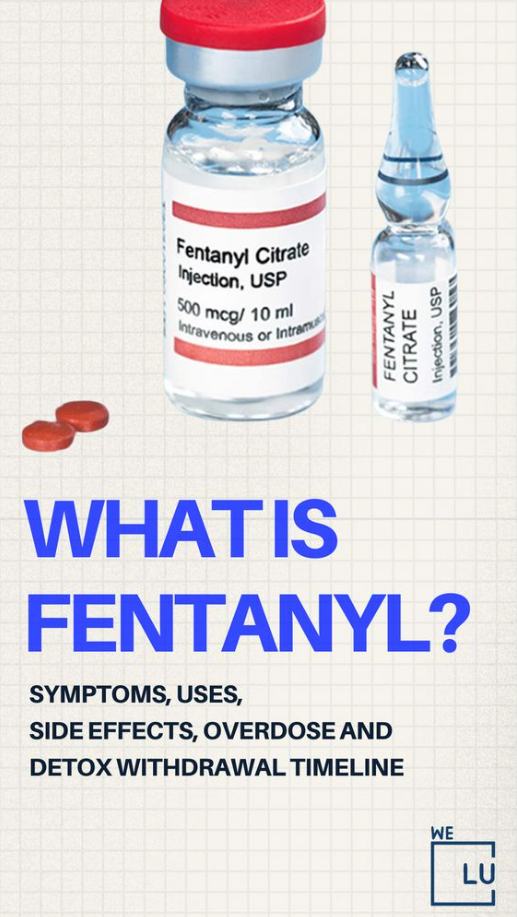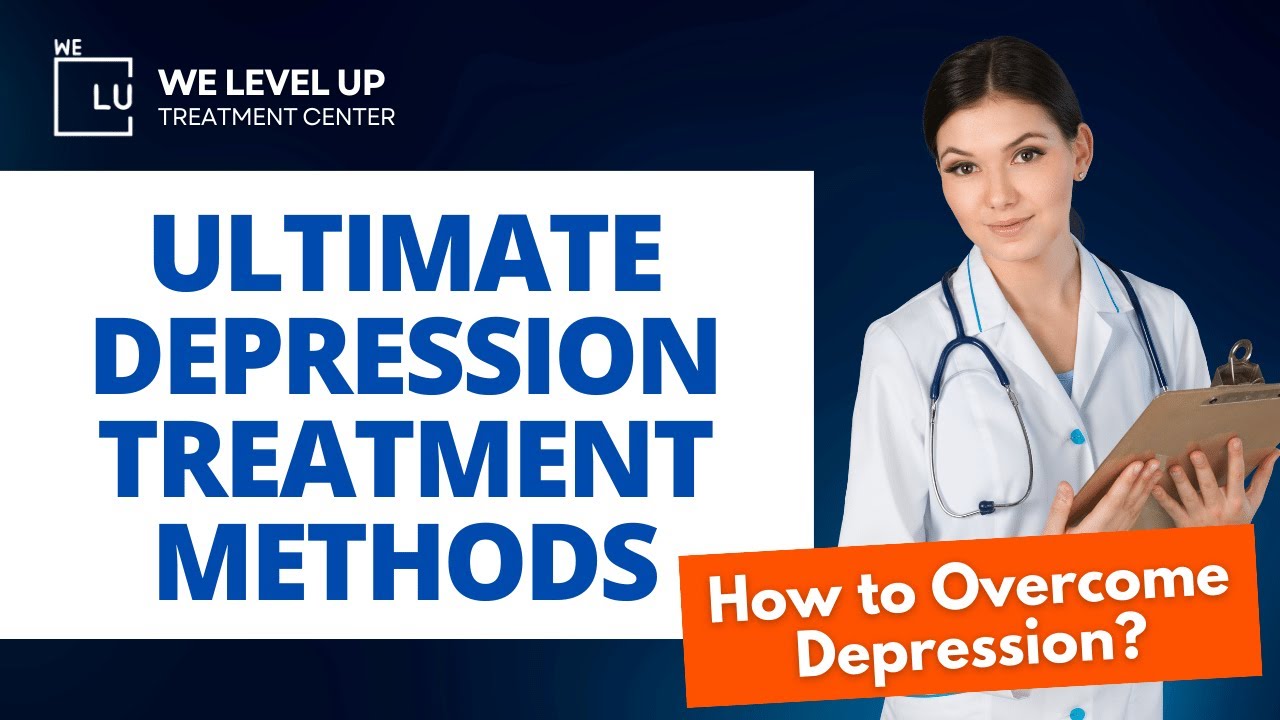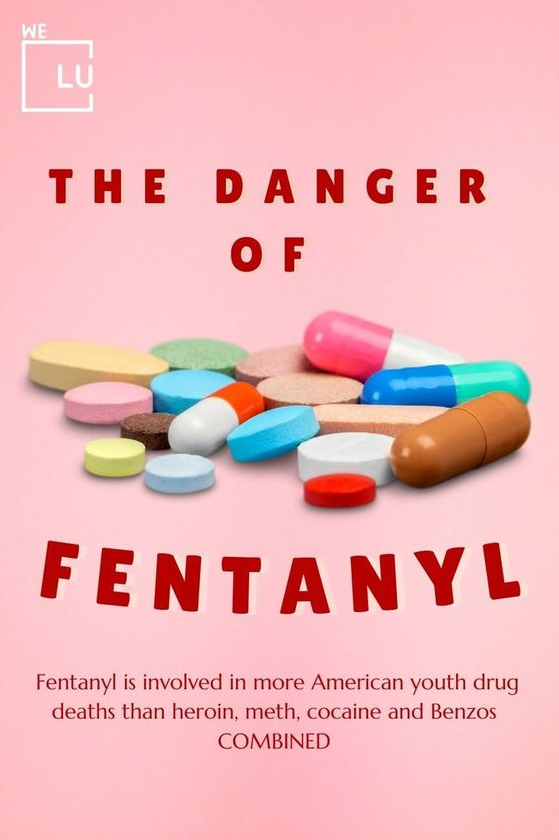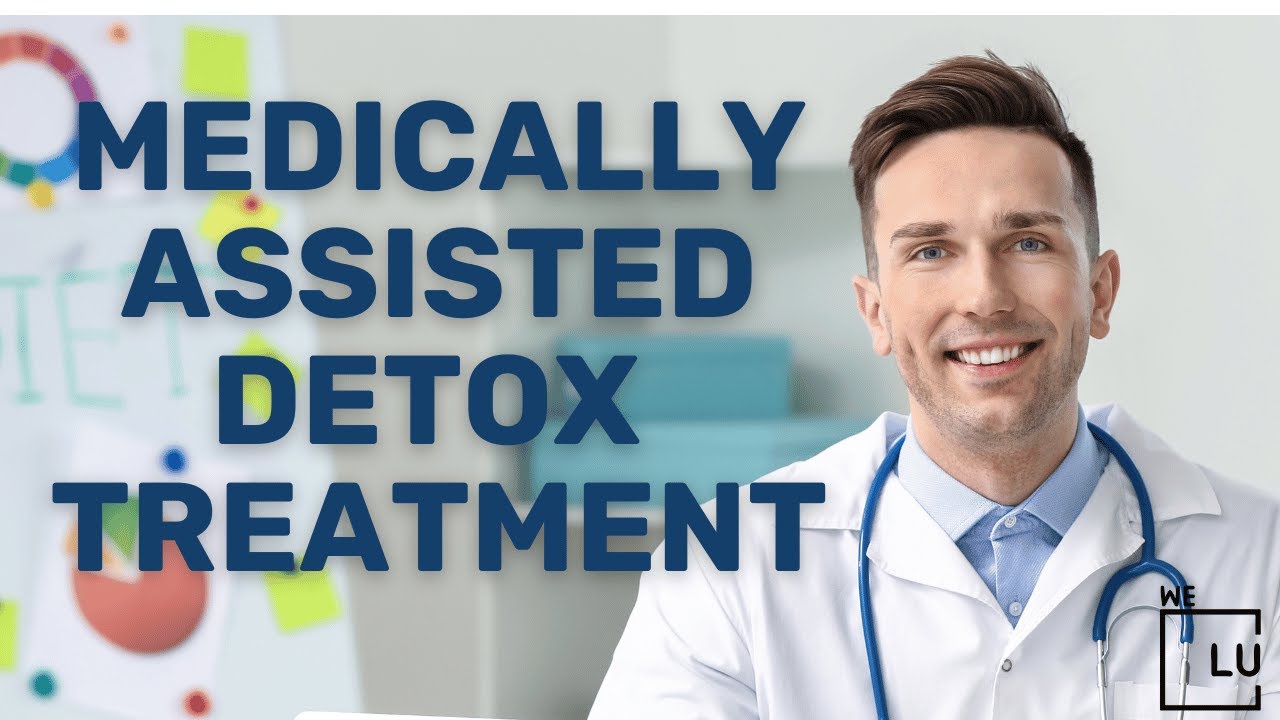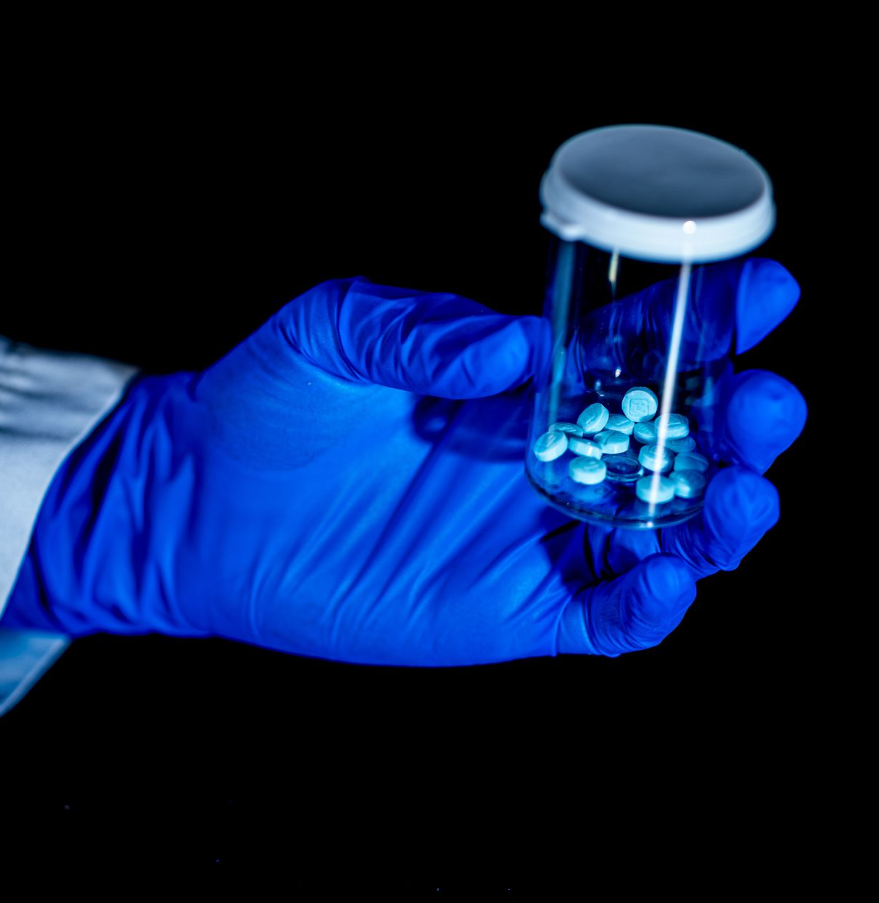What is the most addictive drug?
According to the National Institute on Drug Abuse (NIDA) [1], substance abuse can change the brain’s function and structure, taking a person’s normal desires and needs and replacing them with the urge to seek and take drugs. These changes in the brain impair the ability to control impulses that can lead to addiction, where a person cannot stop taking drugs despite negative consequences.
Individuals with substance use disorder have an intense focus on using a particular substance(s) such as alcohol, tobacco, or illicit drugs, to the point where the person’s ability to function in day-to-day life becomes impaired. People keep using the drug even when they know it is causing or will cause problems. The most severe substance use disorder is sometimes called addiction. [2].
According to 2019 Department of Health and Human Services (HHS) data, about 20 million Americans live with a drug or alcohol addiction. [3]
- 35.8 million people used an illegal drug
- 140 million people drank alcohol
- 45.9 million people smoked cigarettes
Addiction is a compulsive need to use a substance despite the consequences, and there are some drugs that could be more addictive than others.
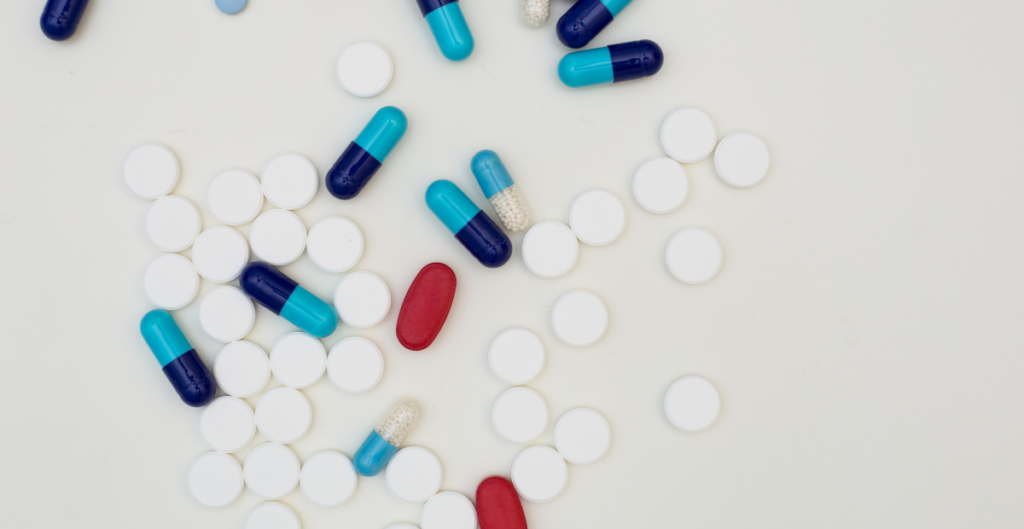
The 5 Most Addictive Drugs
Heroin. According to the National Institute on Drug Abuse (NIDA), heroin is the fastest-acting and most abused opioid. Opioids are drugs that relieve pain and provide a euphoric “high.” Opioids include prescription painkillers, like oxycodone and morphine, or illegal drugs like heroin and street fentanyl.
According to a 2020 review published by the National Institutes of Health, about 80 percent of heroin users began abusing prescription opioids, and about 400,000 Americans aged 12 and older live with heroin addiction.
Heroin is an opioid, and it binds to receptors in the brain to release the chemical dopamine. But, this release is only temporary which leaves some people wanting more of the “good” feeling.
Opioids are a class of drugs naturally found in the opium poppy plant. Some prescription opioids are made from the plant directly, and others are made by scientists in labs using the same chemical structure. Opioids are often used as medicines because they contain chemicals that relax the body and can relieve pain. Prescription opioids are used mostly to treat moderate to severe pain, though some opioids can be used to treat coughing and diarrhea.
Opioids can also make people feel very relaxed and high—which is why they are sometimes used for non-medical reasons. This can be dangerous because opioids can be highly addictive, and overdoses and death are common. Heroin is one of the world’s most dangerous opioids and is never used as a medicine in the United States. Prescription opioids and heroin are chemically similar and can produce a similar high. In some places, heroin is cheaper and easier to get than prescription opioids, so some people switch to using heroin instead.

In the short term, opioids can relieve pain and make people feel relaxed and happy. However, opioids can also cause drowsiness, confusion, nausea, constipation, euphoria, and slowed breathing. Slowed breathing can cause hypoxia, a condition that results when too little oxygen reaches the brain.
Hypoxia can have short- and long-term psychological and neurological effects, including coma, permanent brain damage, or death, resulting in increasingly higher overdose deaths in the U.S. Researchers are also investigating the long-term effects of opioid addiction on the brain, including whether the damage can be reversed. [4] Read here to learn more about opioid addiction and the efficient treatment approaches.
Cocaine/Crack. Cocaine is a highly addictive illegal powder. It’s a stimulant, which means its users become more alert, active, and euphoric before crashing. According to the Drug Policy Alliance, crack is a type of smoked cocaine that is faster acting but almost chemically identical. According to the United States Department of Health and Human Services, five and a half million people used cocaine, including crack, in 2019, and about a million of those people were addicted. Read here to learn more about cocaine addiction and the efficient treatment methods.
Methamphetamines. Methamphetamines, also called meth or crystal, are highly addictive stimulants that cause a physical high and euphoric feelings. According to a 2019 report published by the National Institute on Drug Abuse (NIDA), about two million people aged 12 and older used meth in 2019, and half of those were addicted. Long-term meth abuse can cause brain damage, psychosis, and organ failure. About 15 percent of overdoses in the US in 2017 involved meth and half of those overdoses also involved an opioid, says the NIDA. Read here to learn more about meth addiction and the efficient treatment methods.
Alcohol. Alcohol is a depressant, meaning it slows down the brain’s reactions and functioning. It also reduces anxiety in lighter doses. The availability of alcohol and its popularity can make it more addictive. In terms of the sheer number of people addicted, alcohol is the substance with the highest number of cases worldwide.
Alcoholism is alcohol addiction and is now called alcohol use disorder. Approximately 17 million adults ages 18 and older have an alcohol use disorder (AUD) and 1 in 10 children live in a home with a parent who has a drinking problem. [5] Alcoholism occurs when you drink so much that your body eventually becomes dependent on or addicted to alcohol. With this alcohol dependence, you will continue to drink even when drinking causes negative consequences, like losing a job or destroying relationships with people you love. Therefore, we suggest that if your condition is severe, you may need to seek alcoholism treatment at an inpatient facility.
Read here to learn more about alcohol addiction and the efficient treatment methods.
Nicotine. Nicotine, the addictive chemical found in tobacco products like cigarettes, can be just as addictive as heroin or cocaine. According to the Centers for Disease Control and Prevention, smoking cigarettes can cause cancer, heart and lung disease, diabetes, and strokes.
Prolonged nicotine use, particularly tobacco, can lead to many health conditions such as heart disease, stroke, diabetes, and several cancers. In 2019, lung cancer was the leading cause of cancer death, accounting for nearly 140,00 deaths.
The Most Addictive Drug & Treatment Options
If you are engaging with using the most addictive drugs, your very first step in recovery should be to medical detox in a safe and medically supervised setting. That is why We Level Up is here for you. We Level Up TX detox center medically assist patients to clear their systems of addictive substances.
For anyone who suffers from addiction, we know that just the thought of having to stop using can cause severe mental distress. Given that, the medical detox center will help you manage the medical detox process. A comprehensive team prescribing medications can alleviate your withdrawal pains while monitoring your health 24 hours. Assuring both your safety and comfort.
At We Level Up TX, our thorough approach to rehabilitation supports several levels of care to ensure the best possible outcome for every patient who enters our doors. From an intensive and more supportive atmosphere for those in the early days of recovery to a comfortable residential-style living dynamic upon completion of detox, we are here to help guide you down the safe and results-based path to your sobriety.
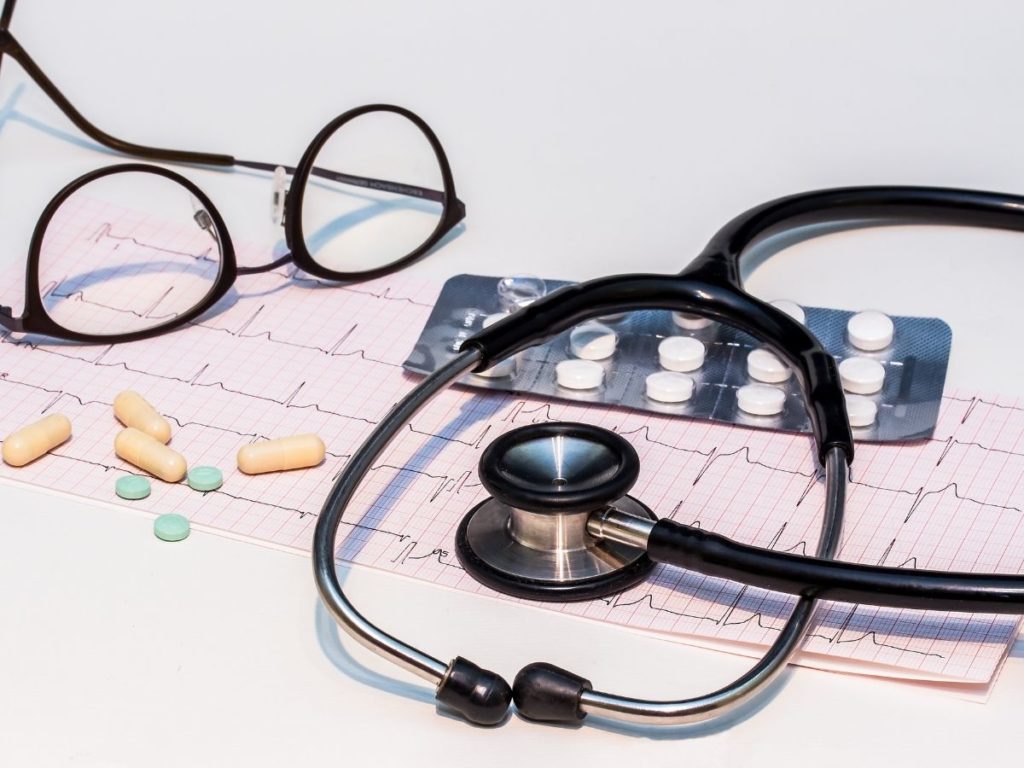
Once detox is complete, a new doorway in treatment opens up, which is referred to as a residential level of care. Here, our residential care program slowly and effectively introduces the individual into an atmosphere of therapeutic growth, marked by Master’s level therapists, clinicians, group counselors, psychiatrists, and a community of like-minded individuals with the same aim: to attain sobriety and live a great life.
Some of the many modalities applied and practiced within our residential treatment facility are:
- Cognitive Behavioral Therapy
- 12-Step Groups
- Group Therapy
- Alumni Support
- Stabilization
- Holistic Therapy
Clients in our residential therapy programs will live comfortably within the facility during this crucial and fragile time. Indeed, this supportive environment is designed to give patients 24-hour care for sobriety, removing temptations for relapse and applying an air of recovery into every component of the treatment timeline, including the most addictive drug treatment. At We Level Up TX, we find that when patients are living in a supportive community, especially during their early recovery process, they are able to truly focus on what matters most: their recovery.
Call today to speak with one of our treatment specialists. Our counselors know what you are going through and will answer any of your questions.
Sources:
[1] National Institute on Drug Abuse (NIDA) – https://teens.drugabuse.gov/drug-facts/mental-health#topic-3
[2] American Psychiatric Association – https://www.psychiatry.org/patients-families/addiction/what-is-addiction
[3] The 5 Most Addictive Drugs, and How You Can Get Help – https://www.webmd.com/connect-to-care/addiction-treatment-recovery/the-most-addictive-drugs-and-how-to-get-help
[4] Most Commonly Used Addictive Drugs – National Institute on Drug Abuse
[5] National Institute on Alcohol Abuse and Alcoholism – Alcoholism
[6] We Level Up – Addiction » Alcoholism Treatment
